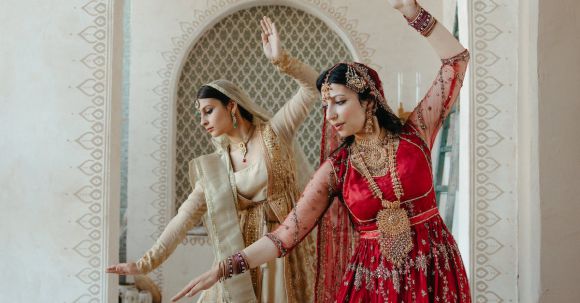In a world that is constantly evolving, it is easy to become caught up in the modern and forget about the roots of our culture. Traditional dance forms, which have been passed down through generations, offer a glimpse into our rich heritage and provide a unique way to connect with our ancestors. Rediscovering these dance forms not only allows us to preserve our cultural identity but also gives us a deeper understanding of our history and traditions.
Preserving Cultural Identity
Traditional dance forms are an integral part of any culture, as they reflect the customs and values of a society. By engaging in these dances, we keep our cultural identity alive and ensure that future generations have a connection to their roots. In a world that is becoming increasingly globalized, it is crucial to hold onto the traditions that make us who we are. Rediscovering traditional dance forms allows us to celebrate our unique cultural heritage and pass it on to future generations.
Connecting with Ancestors
Traditional dance forms are a powerful way to connect with our ancestors. These dances were often used as a means of storytelling, passing down history and legends from one generation to the next. When we participate in these dances, we tap into the collective memory of our ancestors and pay tribute to their struggles and triumphs. It is a way to honor those who came before us and acknowledge the foundation they have laid for us today.
Understanding History and Traditions
Traditional dance forms are a window into our history and traditions. Each dance has its own story, derived from a particular region or time period. By learning and performing these dances, we gain a deeper understanding of the customs, beliefs, and values that shaped our culture. We can learn about the rituals, ceremonies, and celebrations that were an integral part of our ancestors’ lives. Rediscovering traditional dance forms allows us to immerse ourselves in our history and gain a newfound appreciation for our cultural tapestry.
Reviving Forgotten Forms
Over time, many traditional dance forms have been forgotten or overshadowed by modern influences. However, there is a growing movement to revive these forgotten forms and bring them back into the spotlight. Organizations and cultural institutions are investing in research, preservation, and training to ensure that these dances are not lost to the sands of time. Through workshops, performances, and collaborations, traditional dance forms are being reintroduced to a new generation, sparking a renewed interest in our cultural heritage.
Embracing Diversity
Traditional dance forms are a testament to the diversity of our world. Each region has its own unique style of dance, reflecting the customs and traditions of the people who inhabit it. By rediscovering these dance forms, we celebrate the richness and diversity of our global community. It is a reminder that despite our differences, we are all connected by a shared human experience. Traditional dance forms provide a platform for cultural exchange, fostering understanding and appreciation for the beauty of our differences.
Conclusion
In a world that is constantly changing, it is important to hold onto the traditions that define us. Traditional dance forms offer a way to preserve our cultural identity, connect with our ancestors, and gain a deeper understanding of our history and traditions. By rediscovering and reviving these forgotten forms, we celebrate our diversity and create a bridge between the past and the present. So let us embrace the beauty of traditional dance forms and embark on a journey of rediscovery.
